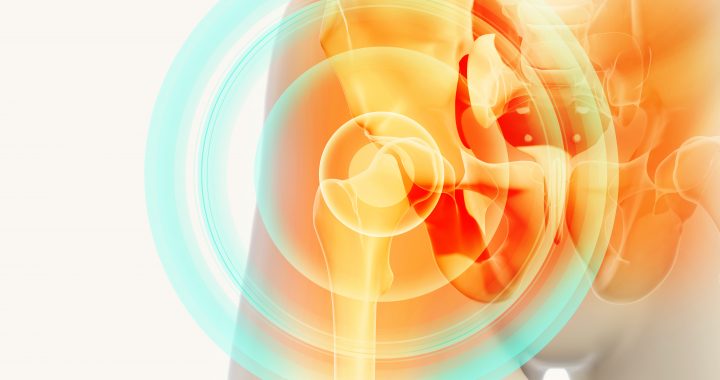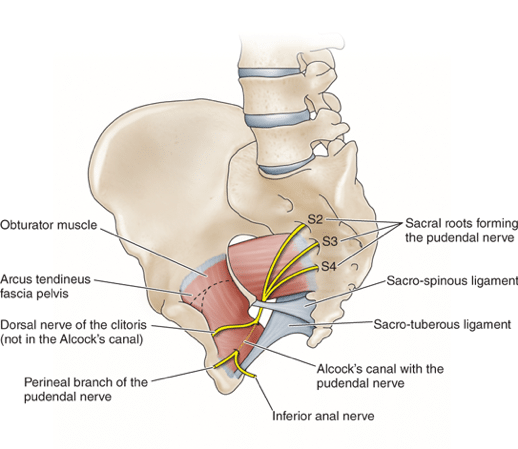Back
Can tight hips be making me pee?
By Shannon Strauch, PTA, STMT-1 on 3/20/2024

Tight hips can contribute to urinary issues in several ways:
Pelvic Floor Dysfunction:
Tight hips can lead to tension in the muscles surrounding the pelvis, including the pelvic floor muscles. When these muscles are tense or overactive, they can interfere with normal bladder function, leading to urinary urgency, frequency, or leakage.Posture and Alignment:
Tight hips can affect your posture and pelvic alignment. Poor posture can put pressure on the bladder and pelvic organs, leading to urinary symptoms.Nerve Compression:
Tight muscles can compress nerves that control bladder function, causing issues like overactive bladder or difficulty fully emptying the bladder.
Reduced Mobility:
Tight hips can limit your range of motion and make it challenging to engage the pelvic floor muscles effectively. This can contribute to urinary dysfunction and pelvic floor issues.


Anatomy of the Obturator Internus Muscle:
The obturator internus muscle is a deep pelvic floor muscle located on the inner surface of the pelvis. It arises from the pelvic bone (specifically, the obturator membrane and the surrounding bones) and attaches to the femur (thigh bone). The obturator internus muscle is enveloped by a layer of connective tissue called fascia. This fascia extends from the muscle and forms a supportive network throughout the pelvic region, including around the bladder and other pelvic organs.Addressing tight hips through stretching, strengthening exercises, and pelvic floor therapy can help improve pelvic alignment, reduce muscle tension, and support healthy bladder function.
Read More:
Dry Needling for C-Section Scars and Postpartum Recovery By Dr. Christine Martirez PT, DPT on 10/15/2024 Learn how dry needling can be used for c-section scars and c-section recovery How Red Light Therapy Can Be Used to Treat Pelvic Floor Dysfunctions By Dr. Christine Martirez PT, DPT on 10/15/2024 Learn about red light therapy and how it can be used to treat pelvic floor dysfunctions
Are you ready to live pain free?
Request An Appointment